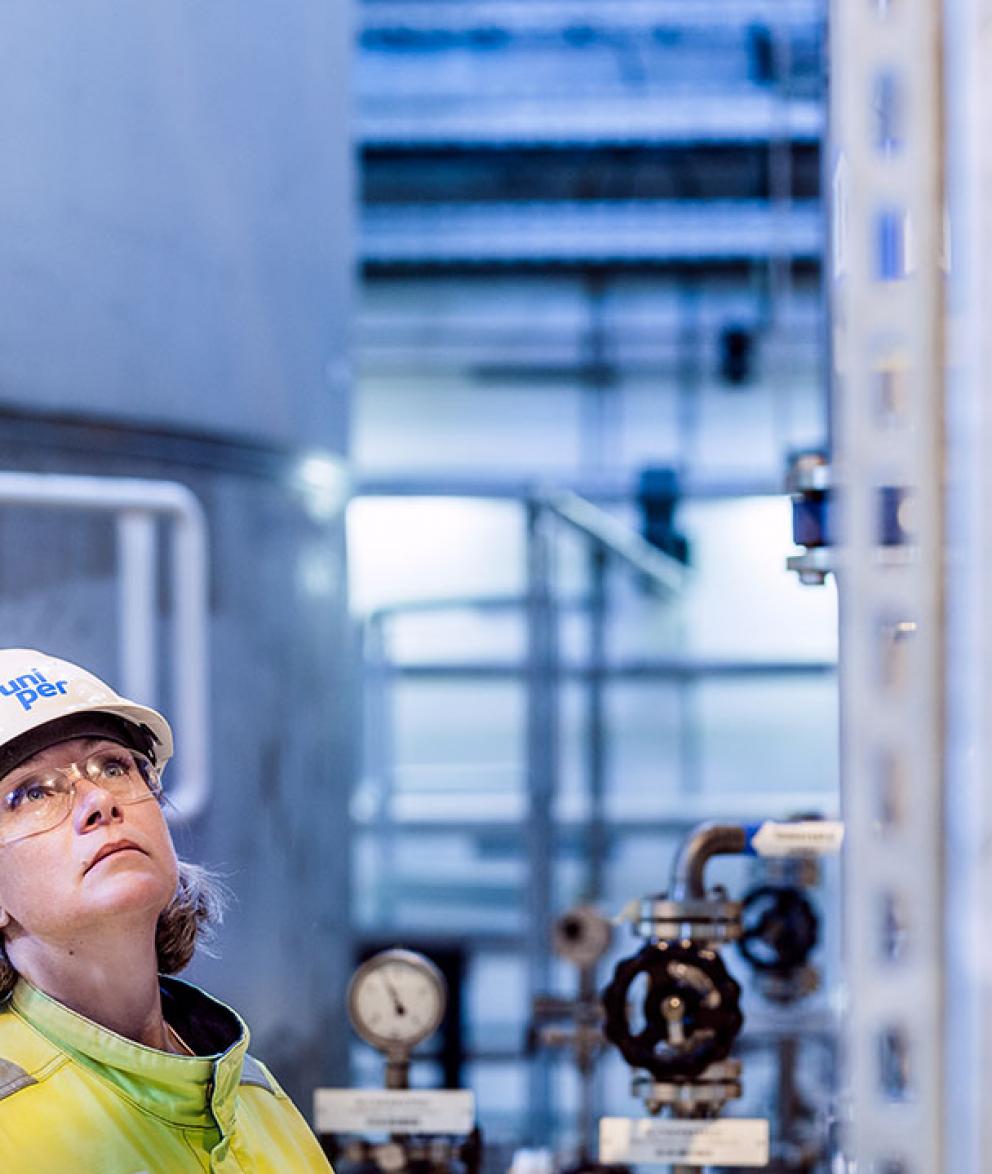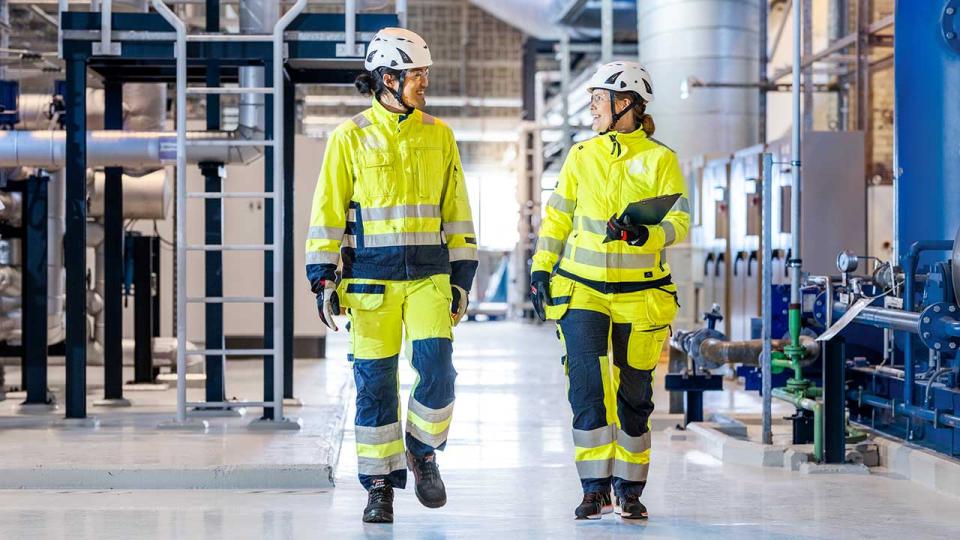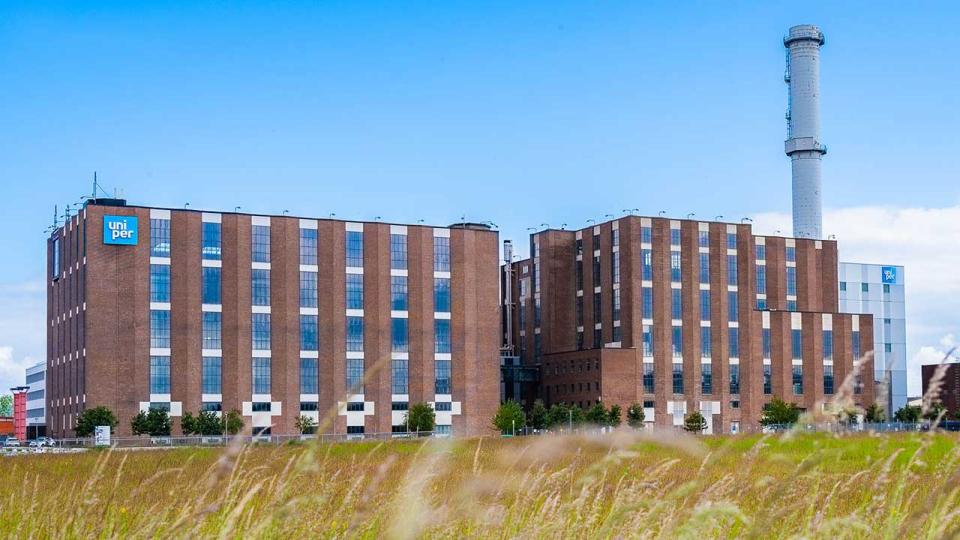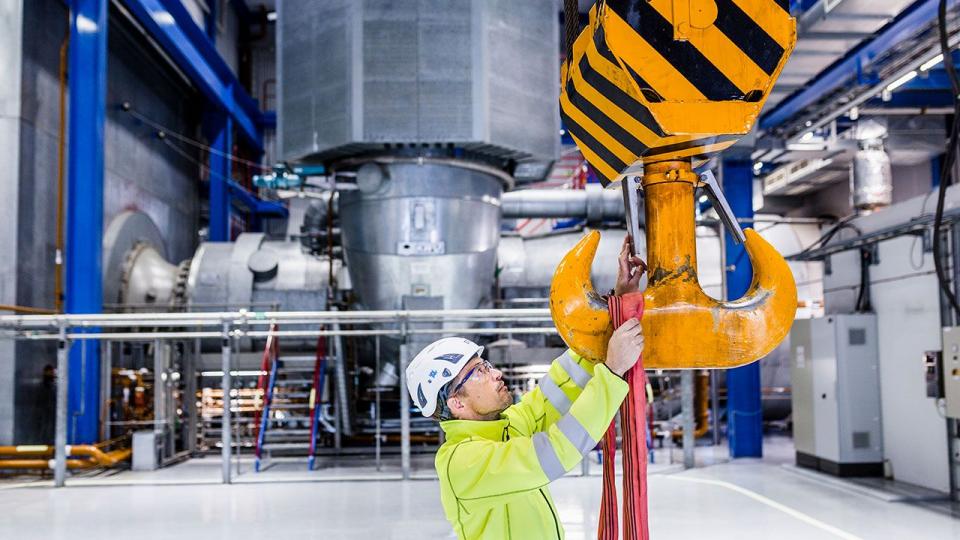Öresundsverket is a modern, natural gas-fired power plant located in Malmö with an output of 448 MW. In June 2023,the Swedish TSO, Svenska kraftnät, which is also the Swedish authority for electrical emergency preparedness, decided that Öresundsverket should be part of the Swedish electricity readiness. The authority has, in light of the changed global situation, tasked Uniper with taking the necessary measures for the facility to be put into operation. Uniper has therefore decided to restore the Öresundsverket to operational condition. From the first quarter of 2025, the facility will be ready for the Swedish electricity readiness.
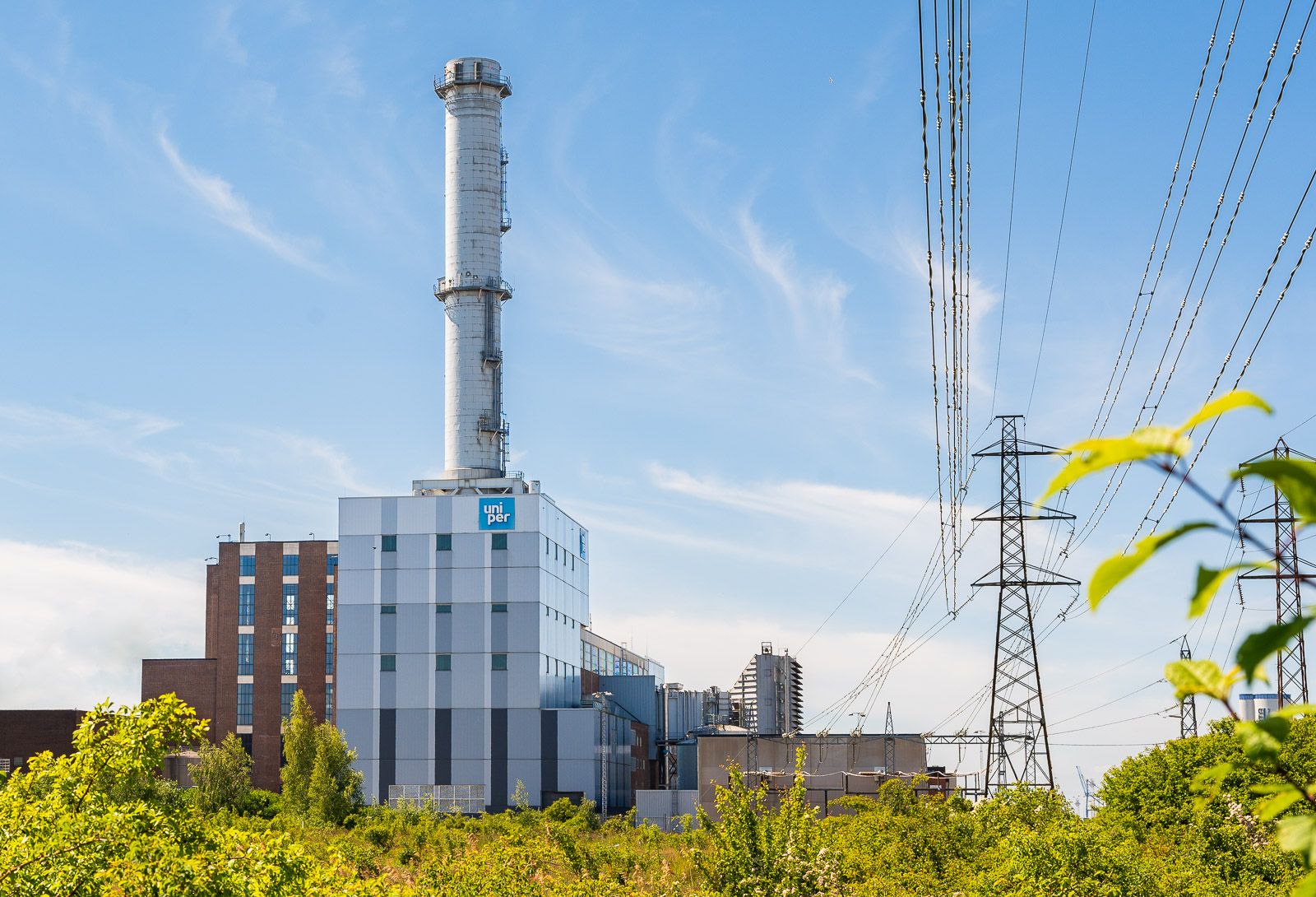
Öresundsverket and its role in the electricity system going forward
One of the capabilities the facility can assist with is to ensure electricity supply in a geographically limited area – in this case the Malmö region, in the event of an extensive power outage and without connection to the transmission grid.
If necessary, the Öresundsverket will contribute to the balance and stability of the electricity system in southern Sweden. The facility is permitted to act on the electricity market. What is meant is, among other things, the ancillary service markets and the spot market on the Nordic power exchange. Any income is calculated from the annual compensation paid for the electricity standby from Svenska kraftnät.
We are now recruiting staff
How Öresundsverket works
Electricity is produced from the movement of a generator. In a hydropower plant, the power of the water drives the turbines and therefore the generator shaft. In, for example, a nuclear power plant or a coal power plant, it’s heat from the process of boiling water to steam that provides the steam pressure that is the driving force of the facility.
In Öresundsverket, energy is used directly from burning fuel and from steam pressure to produce electricity in a gas turbine as well as a steam turbine.
1. Natural gas is burned under high pressure in the combustion chamber of the gas turbine.
2. The gases created expand in the gas turbine. This power drives the turbine shaft, which is connected to an electricity generator.
3. The warm flue gases also heat the water to steam and create steam pressure. This drives the turbine shaft from the steam turbine and thereby the other electricity generator.
4. The electricity generator delivers electricity to the grid.
5. The flue gases are cleaned in a catalyst. The environmental impact in terms of emissions in the air and surroundings are limited.
Time axis – history and future
The 1950s. Electricity was already being produced at Öresundsverket. The old Öresundsverket consisted of three separate plants that were built in different stages in Malmö’s industrial port.
Plant 1 was planned and built by Sydkraft in the early 1950s. The four coal- and oil-fired boilers produced enough steam for three steam turbines to generate a collective electricity capacity of 160 MW. Plant 1 was in commercial operation until the early 1970s.
1957. Plant 2 completed. The plant consisted of a steam turbine and a boiler large enough to produce 70 MW of electricity. Fuel for the boilers was coal and oil, just like Plant 1. In the beginning of the 1980s, while Plant 2 being was supplemented with the ability to produce 150 MW of district heating for Malmö’s district heating network, the boiler was also equipped with comprehensive filtering equipment for dust and sulfur.
1964. Plant 3 completed. Oil-fired equipment with capacity to generate 160 MW of electricity. After Plant 3 went into operation, Öresundsverket could call itself the largest power plant in northern Europe. The comprehensive expansion of Malmö’s district heating network in the end of the 1970s meant that Plant 3 was equipped for district heating production.
The old Öresundsverket produced a maximum of 400 MW of electricity and 250 MW of heating, which made the plant an important cornerstone of energy supply in southern Sweden.
Early 1990s. Plant 3 is equipped with a low-emissions burner and the control equipment is replaced.
1993. Despite the modernization, the plant is mothballed.
Early 2000s. Plans are developed to modernize Öresundsverket for a restart. Electricity consumption in the Nordic region had increased at this time and a risk was identified that an energy deficit might occur. This could eventually lead to higher electricity prices and increased use of electricity generation that is less environmentally friendly.
2009. The new power plant opened in December 2009, one of the world’s most efficient natural gas power plants. Öresundsverket was modernized and restarted because the need for new electricity generation was greatest in the southern part of the country, transmission capacity for hydropower electricity from the north is limited and Barsebäcksverket had been taken out of operation.
2017. The facility was no longer available to the market starting March 2017 and the district heating plant part was disconnected.
2021. Uniper signed an agreement with a buyer to deliver equipment and power plant components from Öresundsverket.
2022. Decommissioning the power plant began.
2023. The Swedish TSO, Svenska kraftnät, which is also the Swedish authority for electrical emergency preparedness, decides that the Öresund Agency shall be part of the Swedish electricity readiness and commissions Uniper to take the necessary measures so that the facility can be put into operation. Sales process aborted.
2024. Work on preparing the plant for operational condition.
2025-2029. Ready for operation in the Swedish electricity readiness. The period extends until the end of December 2029.
Öresundsverket and the environment
Öresundsverket’s operations are ISO 14001 certified, which is an international standard that establishes what a company needs to do to have a structured environmental agenda. Certification means that we meet the high standards that certified companies adhere to in terms of environmental expertise and procedures. If you have questions about our environmental policy or goals, you are welcome to contact us at [email protected].
The CHP plant is powered by natural gas, which is the precondition for high levels of simultaneous production of electricity and heat. Natural gas is free from dust and heavy metals and does not form soot particles when burned. Carbon dioxide emissions are 40% lower than when burning coal. The emissions of sulfur dioxide are very low.
Nitrogen oxides are formed when burning natural gas and other fuel, which contributes to the acidification of our land and lakes. To minimize nitrogen oxide emissions, Öresundsverket has been equipped with a catalytic scrubber that dramatically reduces the emission of nitrogen oxides.
The combination of clean and efficient fuel, advanced combustion technology that provides high operating efficiency, and catalytic scrubbing means that the environmental impact in terms of emissions in the air and surroundings can be limited to low levels.
Find out more
Power plant manager Mikael Nilsson informs about Öresundsverket and how it will be restored to operable condition (in Swedish only).
The gas turbines primary role is to handle various electricity system disruptions that occur.
Here you can find contact information for all of our companies at Uniper Sweden.
